Yogurt & Dairy Recipes
Classic-Style Yogurt Recipe
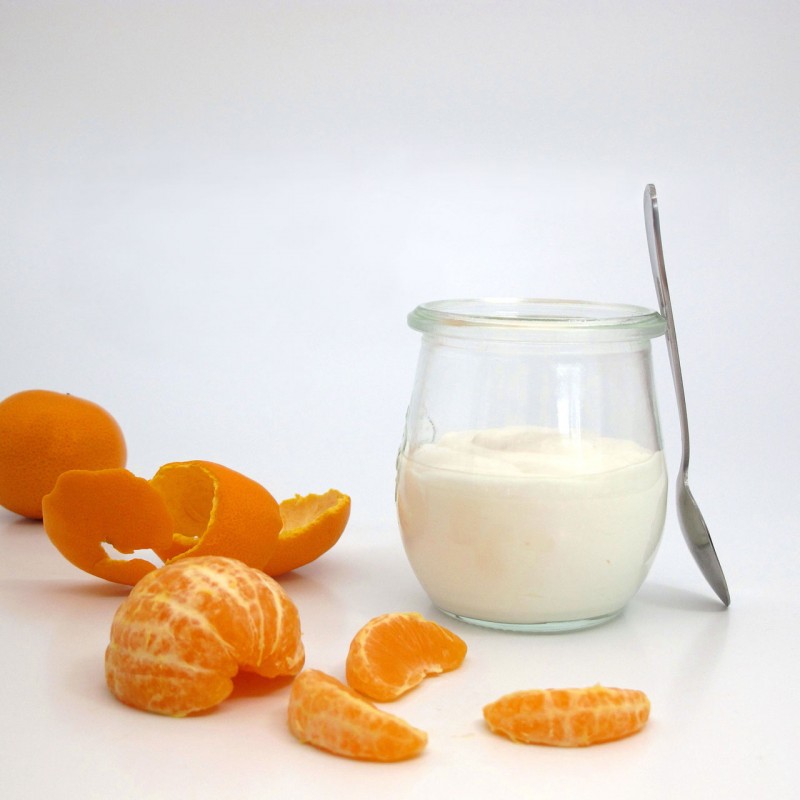 This classic yogurt recipe makes yogurt that tastes fresh, with fruity undertones and moderate sour.
This classic yogurt recipe makes yogurt that tastes fresh, with fruity undertones and moderate sour.
By comparison, our Custard-Style Recipe makes a yogurt that is thicker, has more of a cooked milk/custard taste, and is less sour. Both styles benefit from our High-Low method, which starts the culture hot but then allows the yogurt to set a lower temperature to encourage a smooth texture.
| Ingredients | Quantity | |||
| Milk | 1 Litre | 2 Litre | 4 Litre | 8 Litre |
| Yogurt* | 30 g | 60 g | 120 g | 240 g |
*Either store-bought plain yogurt with live cultures or homemade yogurt reserved from a previous batch. Learn more about how to maintain a yogurt culture.
Equipment: Brød & Taylor Proofer, thermometer, glass mason jars or other heat-proof containers with a capacity of one quart/one litre or less. (For yogurt cultured in one large container instead of a group of mason jars, see our Greek yogurt recipe.) Everything that will touch the milk should be thoroughly clean and dry.
Note: When using the Folding Proofer to make yogurt, be certain there is no water in the water tray. The water tray is not needed for making yogurt. You can remove it from the Proofer, if you like, or leave it empty. But do not add water because it will affect temperature settings.
Step One: Heat Milk to 74 ºC. Using either a microwave or the stovetop, heat milk to 74 ºC. If using the stovetop, stir frequently to prevent scorching.
Tip: Whisking the milk to cover the surface with bubbles will prevent the milk from forming a skin during heating and cooling.
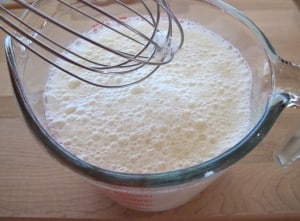
Step Two: Cool Milk to 46 ºC. Remove the milk from the heat and allow to cool to at least 46 ºC. For faster cooling, place the container of milk in a pan or sink of cold tap water. While the milk is cooling, set up the Proofer with the wire rack in place and the temperature at 49 ºC.
Step Three: Add Yogurt. Put the yogurt with live cultures into a small bowl. Gradually stir in enough of the warm milk to liquefy the mixture and mix until smooth. Then pour the liquefied culture back into the large container of milk and stir gently to distribute. Pour the milk into jars and place in the Proofer.
Tip: For proper heat circulation and the most accurate culturing temperature, arrange the jars so that they are not directly over the center of the Proofer.
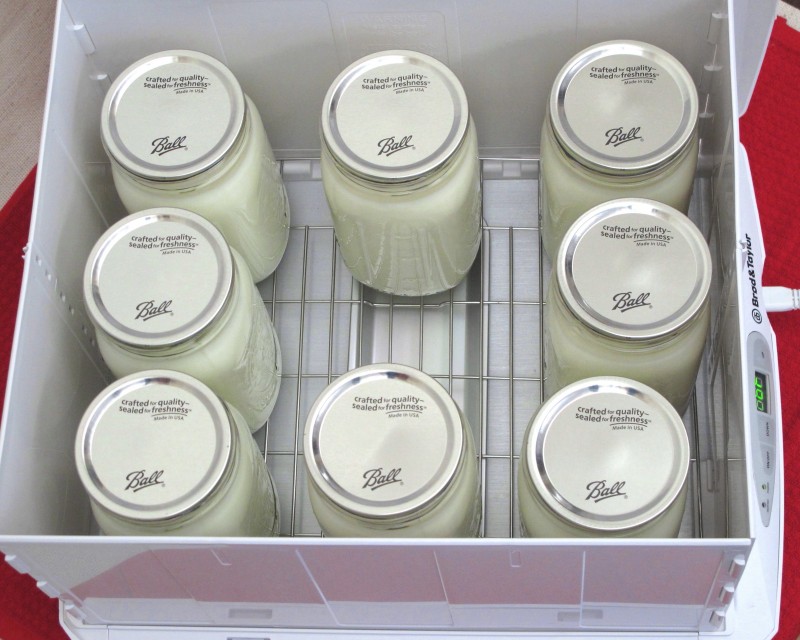 Step Four: Culture at 49 ºC for an Hour, then Lower the Heat to 30 ºC. Set a kitchen timer for one hour, then after that hour turn the Proofer down to 30 ºC. It’s important not to let the yogurt remain at 49 ºC for more than an hour in order to avoid the whey separation and lumpy texture that come from culturing too hot.
Step Four: Culture at 49 ºC for an Hour, then Lower the Heat to 30 ºC. Set a kitchen timer for one hour, then after that hour turn the Proofer down to 30 ºC. It’s important not to let the yogurt remain at 49 ºC for more than an hour in order to avoid the whey separation and lumpy texture that come from culturing too hot.
Step Five: Check the Yogurt after Two Hours. Check the yogurt by gently tilting a jar to the side to see if the milk has set. If you have used a higher protein milk or a fast-acting culture, it may be ready in just 2 hours (one hour at 49 ºC plus one at 30 ºC). Most yogurts will take about 3-4 hours to set, or the yogurt can be cultured longer for more flavor and acidity. When the yogurt is ready, chill thoroughly. Be sure to reserve enough yogurt to start your next batch.

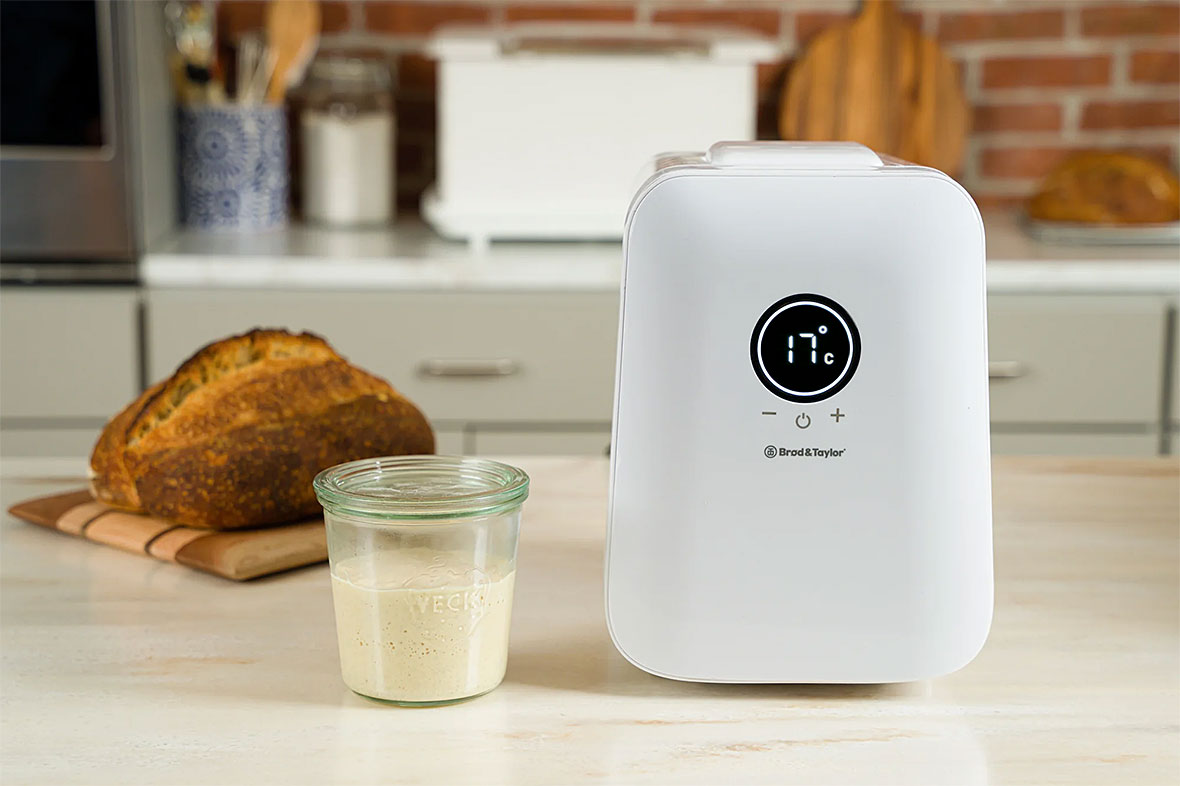
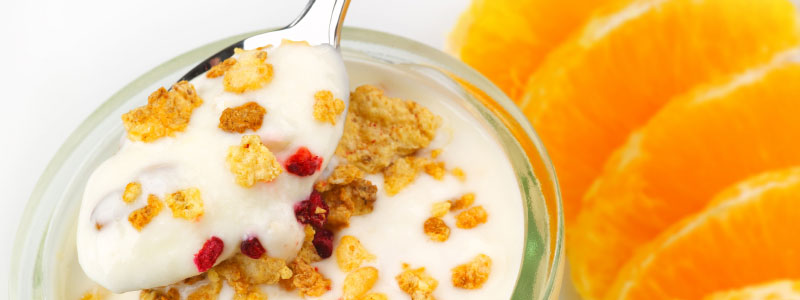
 Select Country
Select Country











